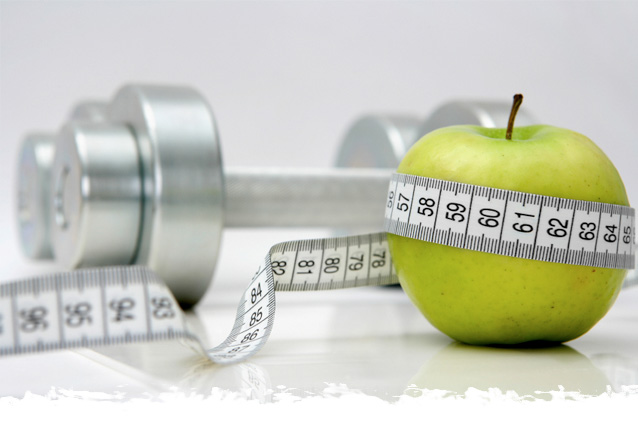For females dealing with estrogen-dominant conditions such as endometriosis, PMS, menopausal symptoms, breast and ovarian cancer, polycystic ovarian syndrome, fibroids and ovarian cysts, ask yourself if you’re receiving constant exposure to excess estrogens by reading through the list of sources below.
Read about the detrimental effect environmental estrogens are having on our wild life in a past blog titled “Sexless Alligators“.
1. Our body
Ovaries, placenta, adrenal glands and fat cells all have the ability to produce estrogens (estradiol, estrone and estriol) in our body. After menopause, the body continues to convert testosterone and androstenedione, produced in the adrenal glands, into estrogen.
2. Foods/herbs
Phytoestrogen is the term used to describe plant compounds that act in the body by weakly binding to estrogen receptors and blocking the binding estrogen. They are generally protective against estrogen-positive conditions such as breast cancer, and can be found in food and herbs such as soy, flaxseeds, legumes, mung bean and clover sprouts, pumpkin seeds, wild indigo, licorice root, thyme, yucca, hops, verbena, turmeric, yellow dock, and sheep sorrel.
3. Environment
Xenoestrogen is the term used to describe estrogens that come from outside sources and are able to mimic estrogen in our bodies and act as ‘estrogen disruptors’. We are unable to break down xenoestrogens so they persist in our bodies for decades and have a cumulative and synergistic effect on our tissues. We are exposed to xenoestrogens through pesticides, plastics, petrochemicals, detergents, cosmetics, solvents, chlorinated water, fire retardants, lice shampoos and other sources. Not only that, but we ingest them when we eat dairy, meat, poultry and fish that may contain natural estrogen and (if not organic), may have been injected or fed estrogen to increase fat or milk production. Check out the top foods I recommend you purchase organic.
4. Synthetic estrogens
On top of all that, we also medicate ourselves with estrogens in the form of the birth control pill, hormone replacement therapy, and fertility drugs.




